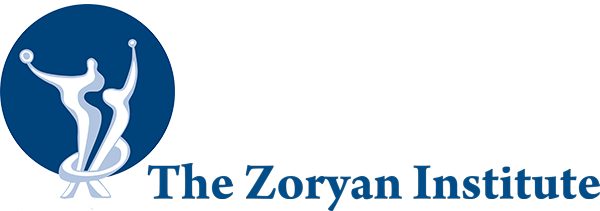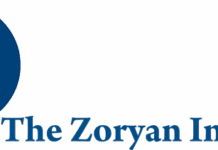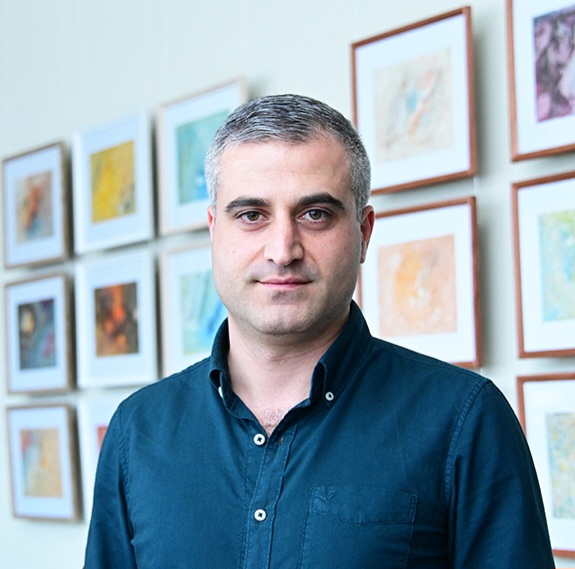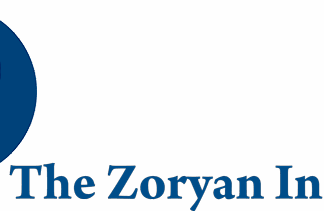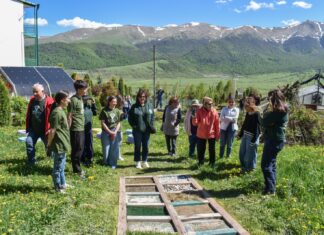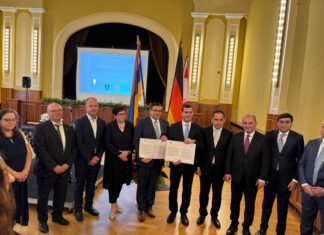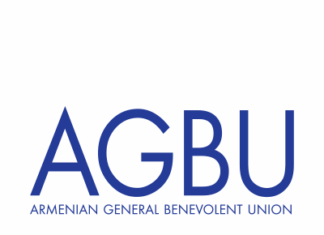BOSTON — A group of doctors, neurologists and neurosurgeons from the US and Armenia, are collaborating to pioneer lifesaving care for stroke patients in Armenia, thereby preventing death, or more commonly, a lifetime of debilitating after effects.
The group, called the Armenia Stroke Council (ASC), was officially formed in 2019 through a decree by the Armenia Ministry of Health, as a scientific advisory body. The ASC is tasked with creating a standard care protocol for stroke patients, oversee accreditation guidelines for stroke centers throughout Armenia, and in general act as an information and communication tool connecting the Ministry of Health and various hospitals in Armenia and the diaspora where affiliated doctors work. As part of its efforts, members also offer training to doctors.
Through their efforts, there are four stroke specialty centers in Yerevan, one in Gyumri and one in Vanadzor, but more on that later.
Efforts toward its formation, however, date back much further. In a recent interview, several of the doctors instrumental in pushing the efforts spoke about the work done as well as what remains to be done.
The main goal of the council is to make the lives of patients better, Dr. Nune S. Yeghiazaryan, president of the Armenia Stroke Council, and the head of the Neurology Department and Stroke Center at the Erebouni Medical Center in Yerevan said.
One of those doctors in the group is Dr. Viken L. Babikian, Professor of Neurology at Boston University.
